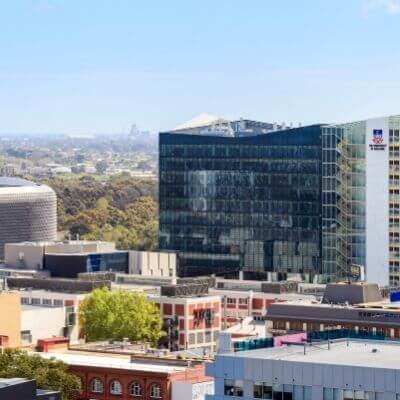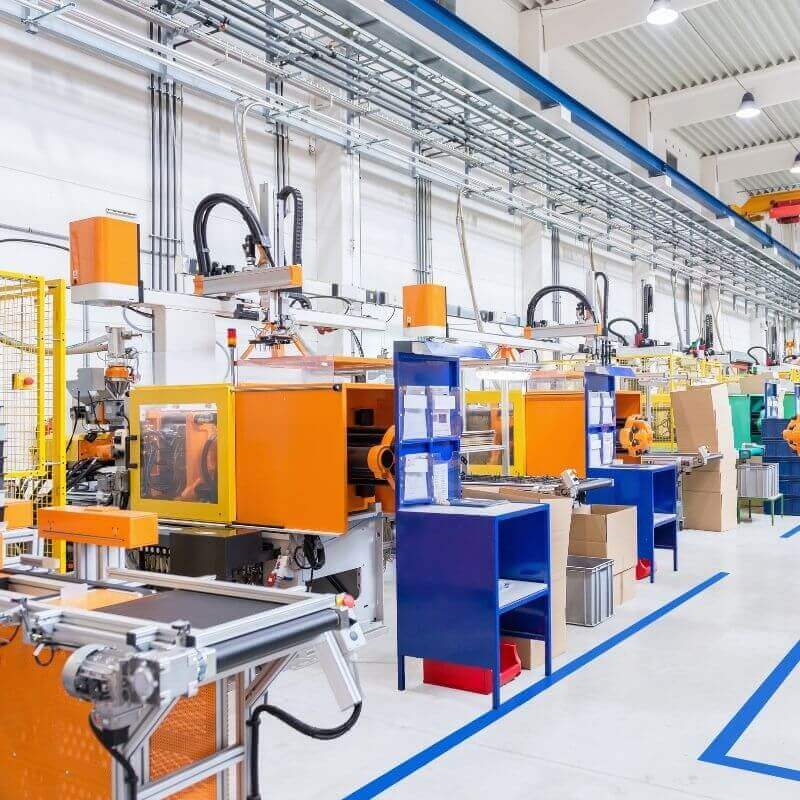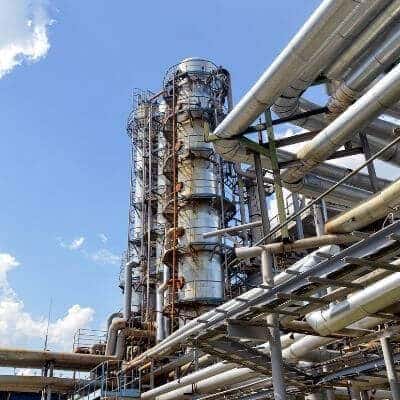Home » Occupational Hygiene » Mould Assessment & Testing
Mould Assessment
Mould Testing
HSE Australia conducts comprehensive mould assessment through air sampling and surface swab analysis to determine the level and type of mould contamination in a workplace or property.
When mould, becomes airborne, it represents a health risk for workers, residents or visitors exposed to its spores.
Contact us to arrange a comprehensive mould assessment of your workplace.
Our services include:
Our team of Occupational Hygiene specialists will arrange Air Sampling using a bio-sampler. Samples are taken by drawing air through a tube onto a petri dish containing a growth media (agar) for several minutes (around 100 litres of air). The sample is then sent to a specialised laboratory where the mould spores are grown and analysed.
HSE Australia’s experienced technicians take swab samples from potentially contaminated surfaces. This allows direct sampling and analysis of materials and surfaces that may be effect by mould. Whilst not always needed, at times, intrusive audits can be necessary due to the ability of mould to break down cellulose in building material. As well as this the production of microbial volatile organic compounds (MVOC’s) can permeate through these materials and may also cause negative health effects, such as allergic reactions, respiratory illness, and neurological effects.
All samples are processed by our NATA accredited laboratory to guarantee fast turnaround times.
Request a Quote
Please provide us with some details.
Read the Article:
Managing Mould in the Workplace:
Mould can grow out of sight, making it hard to realise you have a problem. Sometimes it’s only when employees report ill health and investigations occur and mould is discovered. In this short article, we’ll discuss the dangers of mould and why employers should take it seriously. We’ll also provide tips on how to prevent mould from becoming a problem in the workplace.

Mould Testing & Audit
Prolonged exposure can severely affect the immune system and cause respiratory illness or severe infections in other parts of the body.
Symptoms of mould exposure include:
- Irritation of the skin or eyes
- Runny or blocked nose
- Headaches
- Allergic reactions
- Asthma attack in people with asthma
- Chronic inflammatory response syndrome (CIRS)
While mould is naturally occurring, the level and type determine if a risk is present. A thorough mould investigation must be part of a holistic risk assessment process to guarantee a workplace or property doesn’t present a health hazard.
Mould Testing & Mould Audits
HSE Australia offers a wide range of Occupational Hygiene and Risk Management Services such as Mould Assessments, Mould Sampling & Lab Analysis. Get in touch for an individual quote.
Request a call back
Mould Inspection & Analysis
A mould assessment or inspection is a comprehensive audit of potential sources of mould and the levels of contamination (spores) present in the air or on surfaces.
Mould can often only be seen if there are stains or if colonies have formed. While stains or the formation of visible colonies are indicators of mould contamination, health issues such as constant headaches, worsened allergies or asthma, respiratory infections, coughs, and sneezing are indicators that mould might be present in the air.
Please note: The presence of mould doesn’t always represent a potential health hazard; type, concentration, and individual sensitivities are prevalent to an individual’s reaction. Mould can grow for a prolonged time because of a favourable situation, then die off and stay dormant (e.g., after a leaking air conditioner was fixed). However, dormant mould can still pose health risks.
When mould isn’t visible, a thorough air sample analysis is the most effective option to determine the presence of airborne spores and the level of exposure.
Within the field of Occupational Hygiene, mould represents a biological health hazard just like other microbes, e.g., viruses or bacteria. However, not all fungi or microbes are health risks. Therefore, suspected mould contamination requires the professional analysis.
When is a mould assessment by an Occupational Hygienist required?
A professional mould assessment may be required when:
- prolonged condensation is identified
- an area has flooded, or a water leak has been identified
- discolouration and colonisation are visible
- musty and damp smells are reported (MVOC’s)
- undiagnosed long term respiratory illness in an individual
A mould assessment conducted by HSE Australia includes the following steps:
- Review of the initial report (why mould is expected)
- Visual on-site assessment
- Air sample gathering
- Surface (swab) sample gathering
- Lab review of samples
- Lab analysis
- Detailed report and recommendations
If necessary and in addition to an air or swab test, our hygiene technician can conduct a thermal imaging review of the area to determine cool spots that might indicate sources of moisture where condensation, water pooling or a burst pipe has occurred.
Solving problems others find difficult...for clients in

Frequently asked Questions
Health Safety Environment Australia
Where can mould be found?
Anywhere it’s damp or wet and dark with low ventilation. This includes a roof space, in walls, floors, and inside cupboards and confined spaces. Mould can grow on any surface with present moisture that provides or hosts nutrients such as wood, carpet, plaster board, concrete, insulation, fabrics, dust surfaces etc
What is Black Mould?
Many different types of mould develop a black appearance; as well as this there are moulds that pose health risks, which are not black. However, the term "Black Mould" is usually used to refer to a specific genus of mould called "Stachybotrys".
How do you remove mould?
Before removing visible mould, we advise you to identify and eliminate the source of dampness or moisture. Once eliminated, a thorough mould inspection should be undertaken to identify all areas of mould growth, not just the visible ones. Mould can be removed using abrasive cleaning techniques, or by removing the contaminated material (e.g., plywood).
How do you prevent mould in the workplace?
Good maintenance is the best measure to prevent mould growth. Wherever there's a source of constant or long-term moisture (e.g., moist air drawn into a suspended ceiling), there is the potential for mould. Adequate ventilation is required to avoid mould growth.
What are the health concerns related to mould exposure?
Prolonged mould exposure represents a health risk. Symptoms of mould exposure are usually not severe and include skin irritation, blocked or runny nose, and headaches. However, even minor implications can impact workers' efficiency and well-being in a work environment.
How can mould be sealed off?
Mould should not simply be sealed off or painted over. The first course of action must be to eliminate the moisture source that supported mould growth. When mould is present and not treated properly, it’s most likely to resurface over time, even when mould-resistant paint is used. Once the source of dampness or moisture is eliminated, the damage can be repaired.
One Source Many Solutions
Over the past 15 years we developed the ability to quickly understand and respond to our clients’ needs. We are “solving problems others find difficult…”.
We offer our clients an enviable team of specialists working with associates and other external experts, driving and delivering fit for purpose, tailored single sourced solutions for you.








